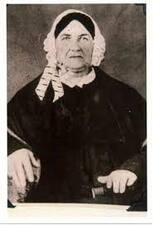 Anna Garnhart Anna Garnhart A couple weeks back, I had the great opportunity once again to spend time on the Chesapeake & Ohio Canal towpath. It was a beautiful, and unseasonably warm, Sunday in early March and I wasn’t the only one out there as you could imagine. The week prior, I had found myself thinking intently about the canal while researching one of these “Story in Stone” blog recipients. However, my reading, as opposed to my glorious walk, dealt with a dark day along the Potomac River back in July, 1895. On the day of July 12th of that year, a former resident from a prominent Frederick family would meet an early demise over an old argument regarding stolen beer. This altercation would send the Fredericktonian to an early grave in Mount Olivet. My interest in the death of David Jacob Markey was piqued while writing about a talented quilt-maker named Anna Catharine (Hummel) Markey Garnhart. I became amazingly struck (perhaps not the best word choice) by the demise of her reclusive grandson in 1895. David Jacob's sister, Lucy, another grandchild of “the quilt-maker,” died seven years earlier by suicide. This may have added to his desire for peace and solitude along the shores of the Upper Potomac. With a murder and a suicide, you can imagine my hesitance to hold out these "Stories" as not to take away from positive vibes generated by my exploration into Grandmother Anna’s sweet life and talent as an early craftswoman and lasting recognition by museum curators and other experts in the field of textiles. Somehow, I was reminded of the ironic expression involving "a wet blanket" in this particular case. David Jacob Markey Born October 27th, 1847, David Jacob Markey was one of eight children born to David John Markey (1809-1885) and wife Susan Bentz (1810-1887). He was a native of Frederick, and his family was of German descent. David Jacob grew up on the southwest corner of N. Bentz and W. Third Street. Our subject's father’s lumber mill was directly behind (and next door) his home and located where Calvary Methodist Church sits today on the corner of N. Bentz and W. Second streets. David would never marry and eventually moved out of Frederick City later in his life, but didn't go that far. He could be found living in Tomahawk, Berkeley County, WV and Keep Tryst near Sandy Hook, MD in Washington County adjacent the Potomac (in the vicinity of Harpers Ferry). On the occasion of his unfortunate death on July 13th, 1895, the victim was not far from his home in Washington County when he received the injury that led to death. He was just across the Potomac River and north of Harper’s Ferry near Lock #34 of the Chesapeake & Ohio Canal. Our cemetery records make mention of Sandy Hook as his place of death which is a mile downriver. I would soon find that both statements were correct and this was a complex story requiring both a careful coroner’s inquest, and a court trial five months later. The following article is one of several appearing in regional newspapers to describe the unfortunate experience that would befall the 48-year-old David Jacob Markey on July 12th, 1895. Details, such as the assailant’s true name, would be refined over the days following the tragic altercation between two men who had known one another for years and we’re supposed friends. The victim's middle initial, however, would not be corrected. David Jacob Markey’s corpse would be brought back to Frederick where he would be buried in the Markey family plot in Mount Olivet’s Area F/Lot 86. This was within feet of a quilting grandmother and his parents who had died in the previous decade. As this was a case involving a leading local family, the papers were abuzz with news of Markey’s supposed assailant, Theodore Leopold. However, it would be quickly discovered that Point of Rocks’ resident Theodore Leopold was wrongly accused, for the person of interest was George William Leopold of Knoxville. Sources corrected the first name, but a few printed “Lapole” instead of Leopold. If anything else, it would eventually be straightened out. The story made it into the Baltimore Sun as well. I too, got caught up in the hoopla, and wanted to better understand what seemed to me at first glance either an accidental, or senseless killing. I soon learned that it was a combination of both. But, how would justice be served? To summarize the story, former Frederick resident David J. Markey went to Sandy Hook, MD at Lock #33, immediately across from Harpers Ferry. This is accessed by the railroad bridge over the river of today, and sits at the base of Maryland Heights along the old Sandy Hook Road road that parallels the C & O Canal. Our subject was said to be stocking up on additional fishing provisions in town. On his return journey from Harpers Ferry via the river crossing by the railroad bridge, Markey would run into an old acquaintance named George W. Leopold. Leopold was piloting his own canal boat. Apparently, David Jacob invited Leopold to have a libation or two with him at the Sandy Hook saloon/store of Albertus Spencer. A bit inebriated after a few drinks, Markey receives transportation from Leopold to his home a few miles upriver. They would not make it that far because a heightened quarrel between both men erupted over the lonely mile trip from Sandy Hook and Lock #33 to Lock #34. Mr. Markey was apparently in the act of berating boatman Leopold over a theft of beer that occurred three years earlier when Markey worked as a store clerk in Sandy Hook. This resulted in Mr. Markey receiving repeated blows from Leopold, prompting Markey to request being taken ashore to leave Leopold's company. This would be done near Lock #34. Our Mount Olivet records say that Mr. Leopold followed Markey off the boat and retaliated one last time by striking his "verbal aggressor" in the back of the head. The inquest would find that Markey was sucker-punched from behind, basically knocking him out. David Jacob Markey hit the ground, which most likely occurred on the rocky tow-path itself, or an adjacent trail that had some large stones scattered about. The victim's head hit something on the way down which fractured his skull. David Jacob Markey would not regain consciousness from Leopold's ill-fated strike. Meanwhile, Leopold had left the scene of the crime as he continued his boat run with family members "in tow" upriver. Markey showed signs of trauma, and onlookers jumped into action, albeit a slow action. David Jacob Markey would be brought back downriver to "the Stone House" of Mr. Spencer at Lock#33. This is the location where our subject would perish around 2:00 in the morning of July 13th. Leopold would continue his canal boat run up the Potomac as mentioned, but would be arrested by authorities at the Williamsport Aqueduct. He replied that he thought Markey was just drunk, so he continued making his canal boat run. As can be seen below, the jury of inquest did their job quickly and efficiently. George W. Leopold would continue to profess his innocence, but was denied bail in mid-August, one month after the incident occurred. His day in court would be scheduled for the following December. In a change of events, George W. Leopold would eventually plead guilty in the court case. This would result in a three year jail sentence. In May of 1898, application would be made for Leopold to be pardoned by the governor. This would occur a month and a half later. Leopold was now a free man again. George W. Leopold lived out the rest of his life in the Petersville/Knoxville area of southwestern Frederick County. He worked jobs as a farm laborer, a B & O railroad employee and a river guide before dying in spring, 1935. This was nearly 40 years after the unfortunate altercation at Lock #34 which cost himself three years of freedom, and rival David Jacob Markey, his life. Leopold is buried in Knoxville Reformed Church Cemetery. I mentioned earlier that David Jacob Markey's sister would die seven years before him in 1888. This too would be a shock to the community. Her name was Lucy Emma Russell and she was only 38 at the time of her death. Lucy, like brother David Jacob Markey, had endured the death of her father in 1886, and her mother in 1887. Not much is out there on Lucy outside her birth in 1846. I also found that she was an 1864 graduate of the Baltimore Female College. Master genealogist Margaret Myers added info to our cemetery database stating that Lucy had been married, but was buried under her maiden name. She had wed Joseph R. Lester of Baltimore on May 5th, 1868. In the 1870 US Census (shown earlier in this story), Lucy is listed as "Lucy Lester" but not living with a husband, but rather her parents. She also is living with a a one year-old son named Louis. Lucy reverted back to her maiden name in the 1880 Census and her status is listed as a widow. It is this census that shows that son Louis M. Lester continues to live with her at her parents family home on W. Third Street in Frederick. It is not known what haunted Lucy's mind. Did her husband die, or was there an unfortunate split of some kind that lead to separation of divorce? We may never know. What we do know instead are horrific details of her suicide. These appeared in newspapers throughout the country. A very tragic situation, and perhaps something that weighed on her bother David Jacob's mind, causing him to seek the serenity (and isolation) with the Potomac River. Lucy would be buried in Area F/Lot 86 at the foot of her grandmother's grave and within a few feet of her parents. In time, David Jacob Markey would join her here, but not of his own design as we have seen. I guess the takeaway in this week's "Story in Stone" is the same as all those I have written for the past eight years in that they all end the same way... the subject dies. However, that is not all we are doing here with this series. Instead, we are trying to better understand the human existence, using those who have come (and gone) before us as a lens in which to view life and the way others lived their lives. We also see the varied ways others have lost those lives.
Again, you can walk through any cemetery in the world and pass a row of gravestones and related monuments, never knowing the triumphs and struggles experienced by those individuals buried beneath the surface. Ask yourself, "How did their existence compare to mine? or How did their experience differ?" That's why I feel that conducting research and writing of this nature for the enlightenment of the reader is so worth while to me. We can all learn something from those who have have come before, especially those who had to endure hardships, and learned from mistakes and decisions made throughout their lives. We can also glean so much from the response and conduct of friends and families of the deceased themselves. Any opportunity to witness and/or practice resiliency can be a sacred experience. Now, with the weather improving for outdoor activity, consider soothing mind and soul with a leisurely hike on the C&O Canal Towpath, or a contemplative walk through Mount Olivet.
0 Comments
Leave a Reply. |
STORIES
|
Archives
July 2024
June 2024
May 2024
April 2024
March 2024
February 2024
January 2024
December 2023
November 2023
September 2023
August 2023
July 2023
June 2023
May 2023
April 2023
March 2023
February 2023
January 2023
December 2022
November 2022
October 2022
September 2022
August 2022
July 2022
June 2022
May 2022
April 2022
March 2022
February 2022
January 2022
December 2021
November 2021
October 2021
September 2021
August 2021
July 2021
June 2021
May 2021
April 2021
March 2021
February 2021
January 2021
December 2020
November 2020
October 2020
September 2020
August 2020
July 2020
June 2020
May 2020
April 2020
March 2020
February 2020
January 2020
December 2019
November 2019
October 2019
September 2019
August 2019
July 2019
June 2019
May 2019
April 2019
March 2019
February 2019
January 2019
December 2018
November 2018
October 2018
September 2018
August 2018
July 2018
June 2018
May 2018
April 2018
March 2018
February 2018
January 2018
December 2017
November 2017
October 2017
September 2017
August 2017
July 2017
June 2017
May 2017
April 2017
March 2017
February 2017
January 2017
December 2016
November 2016

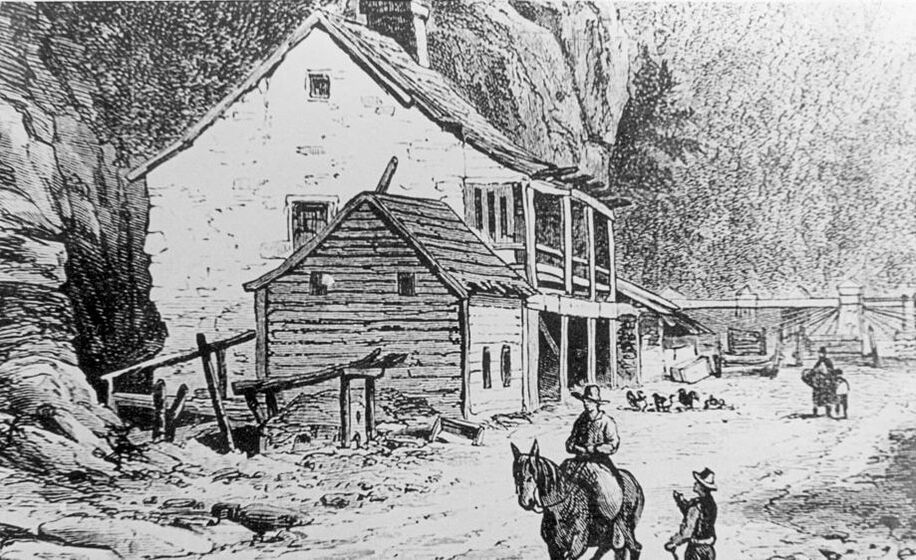
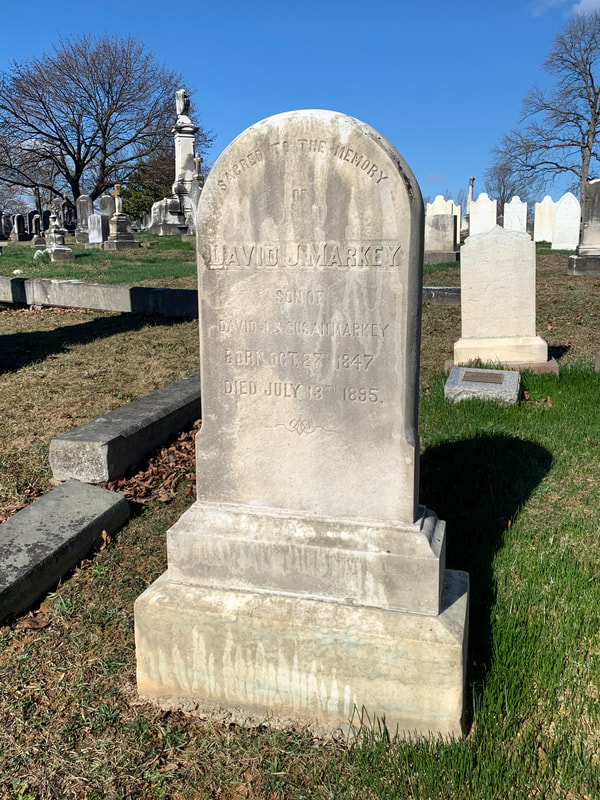

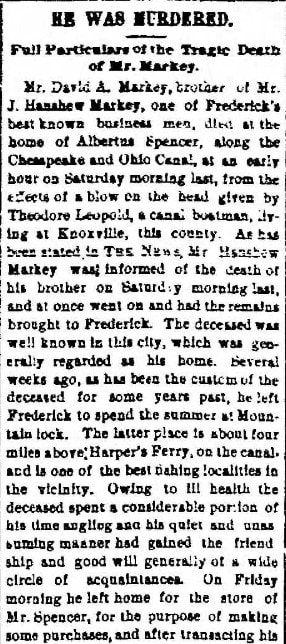
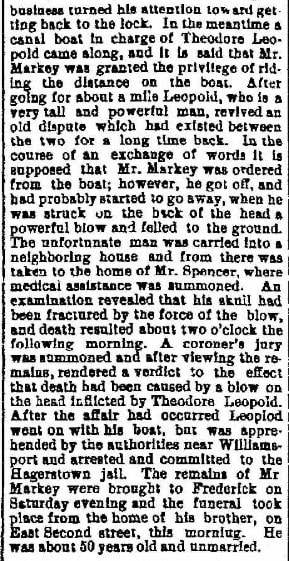
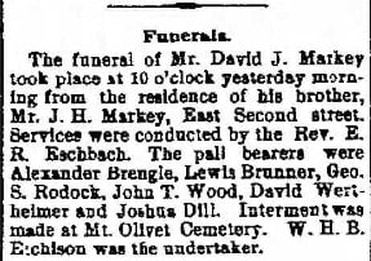
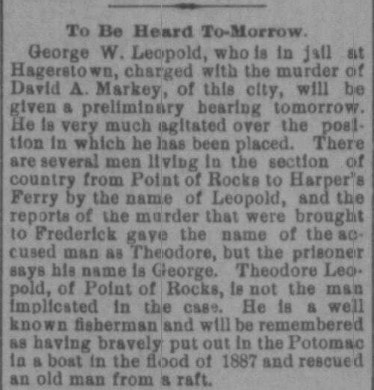
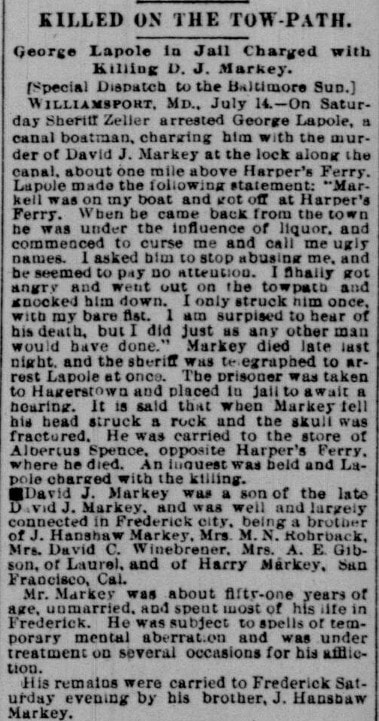
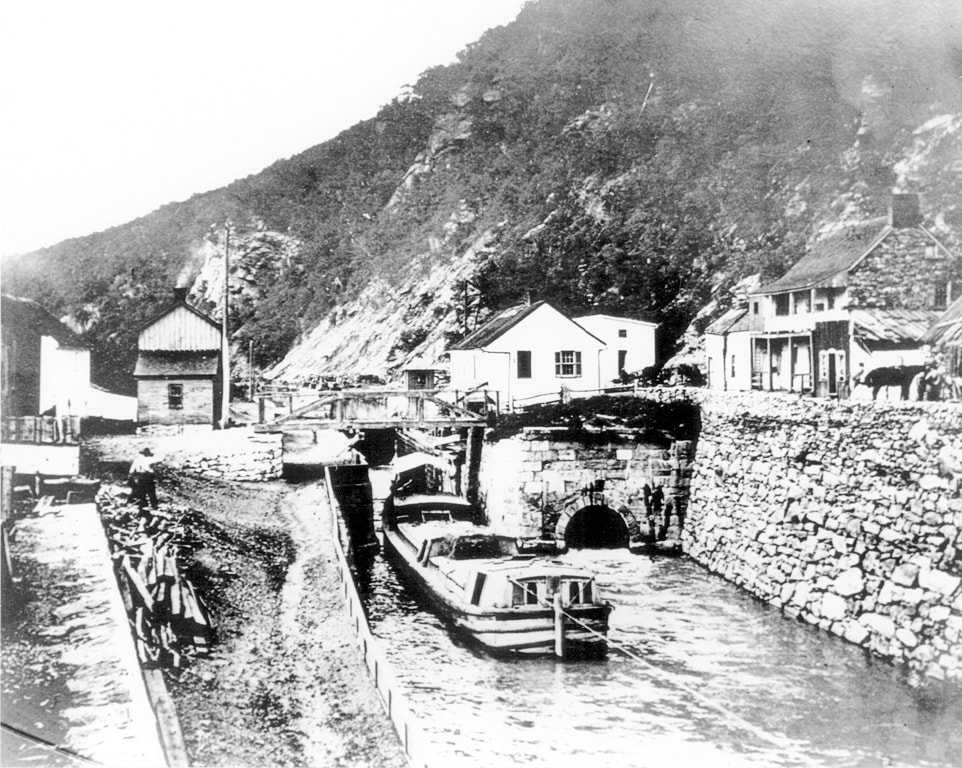
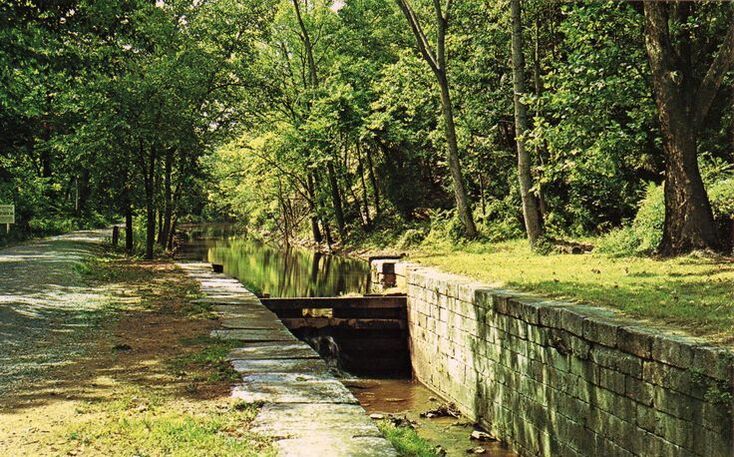
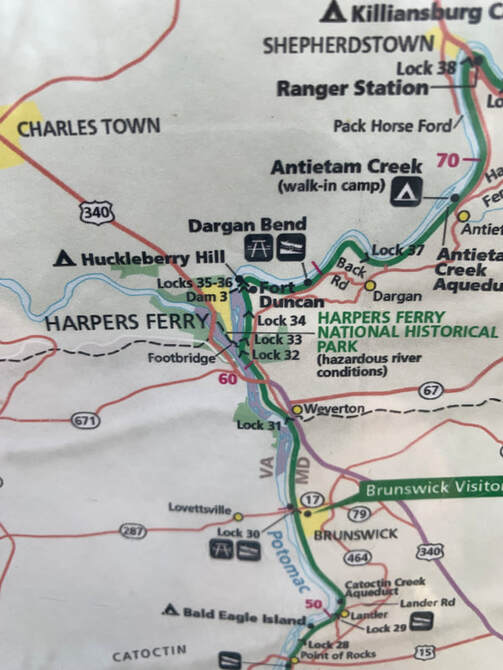
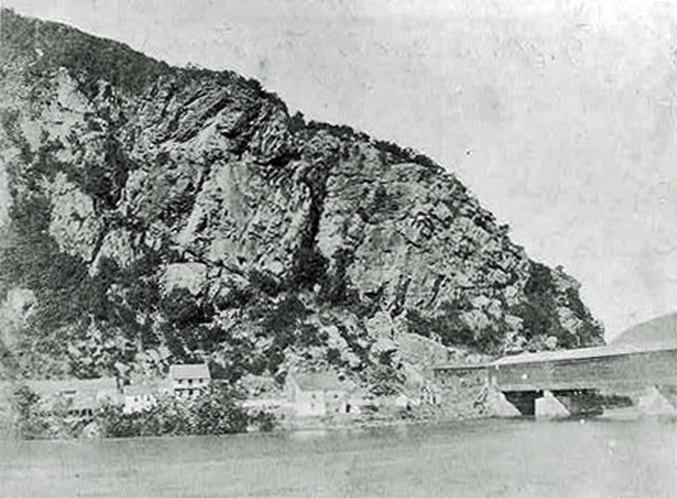
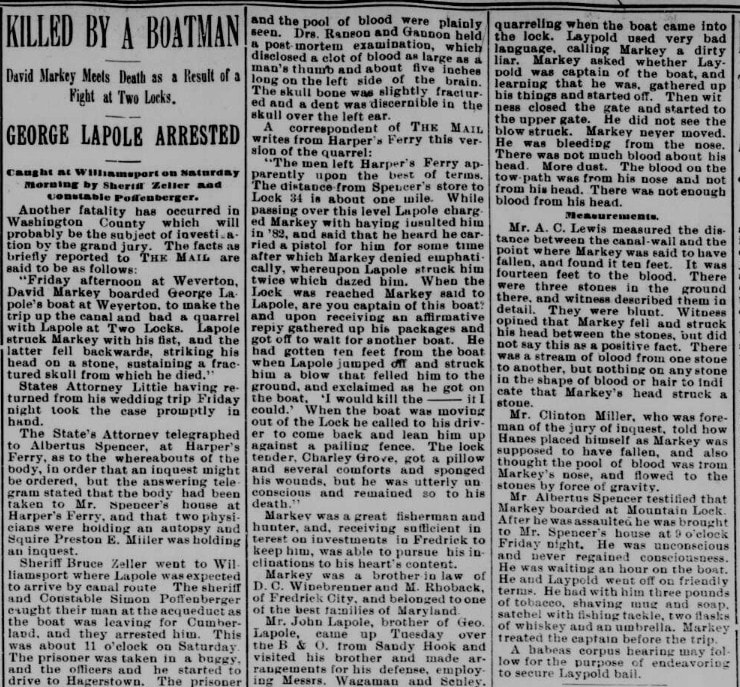
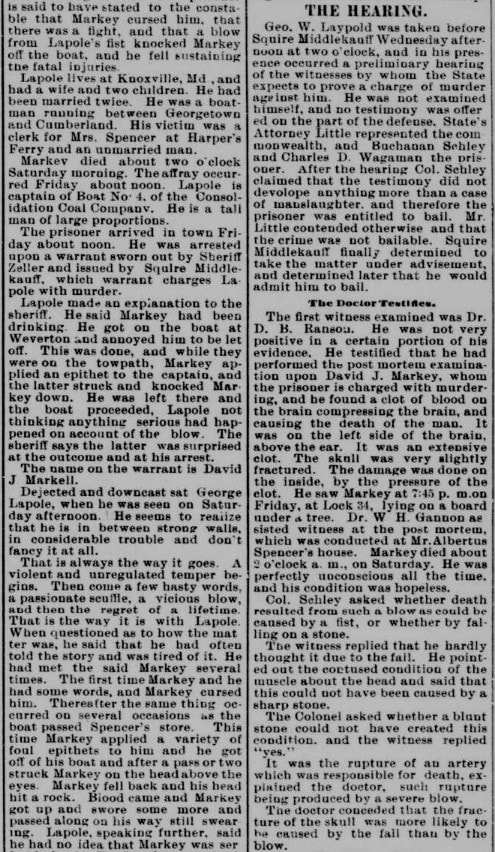
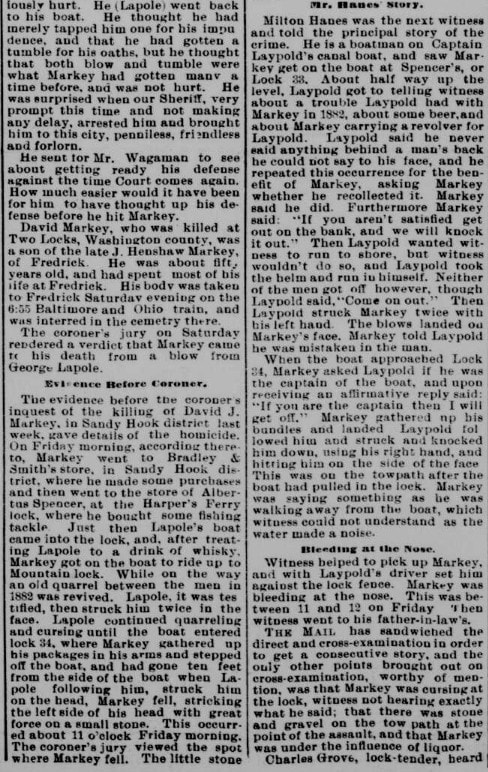
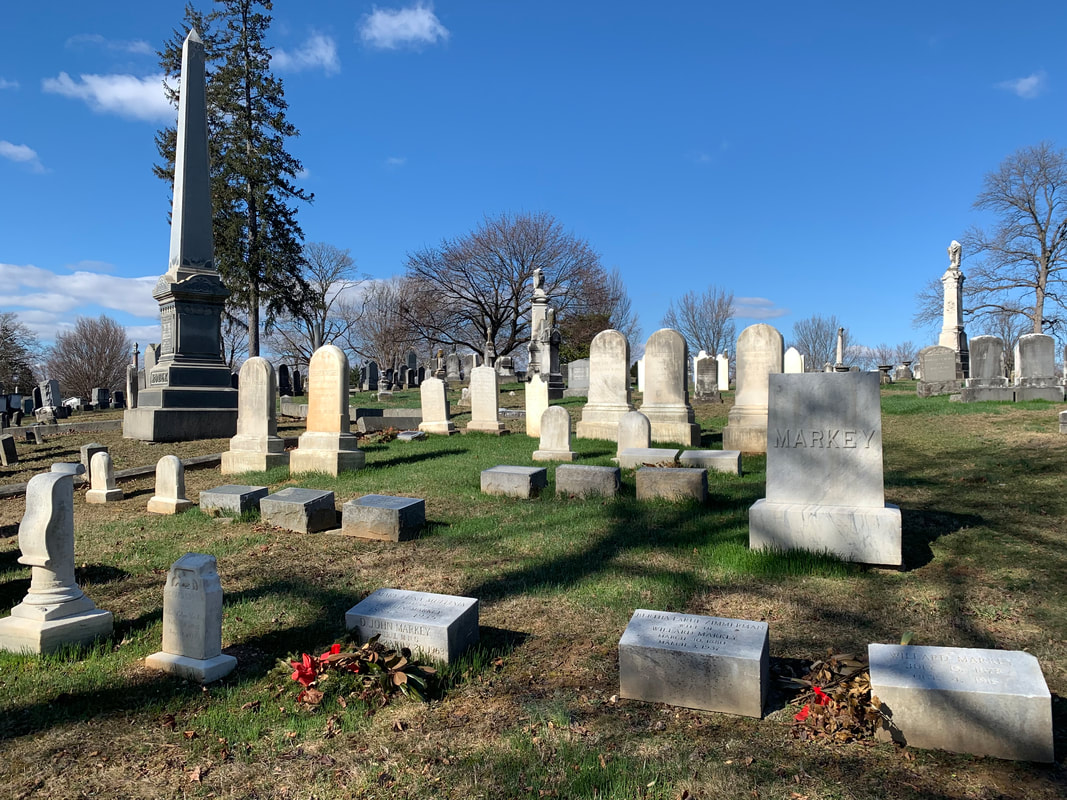
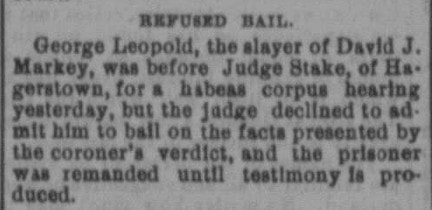


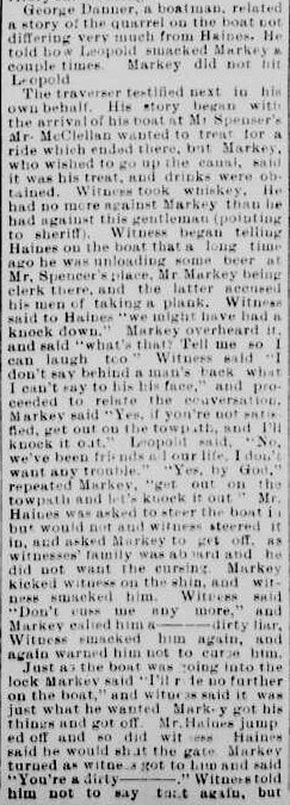
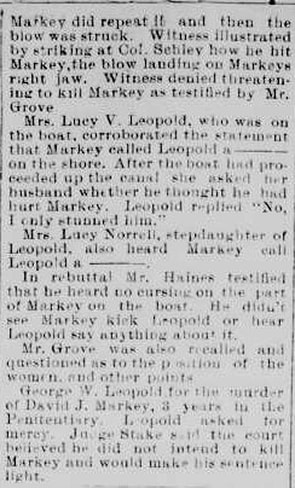
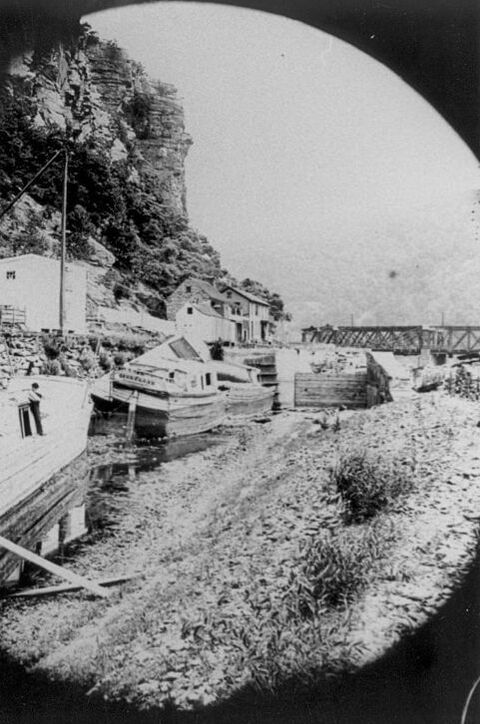
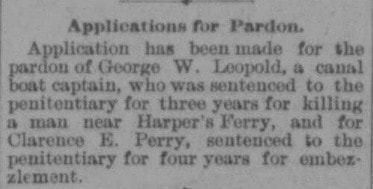


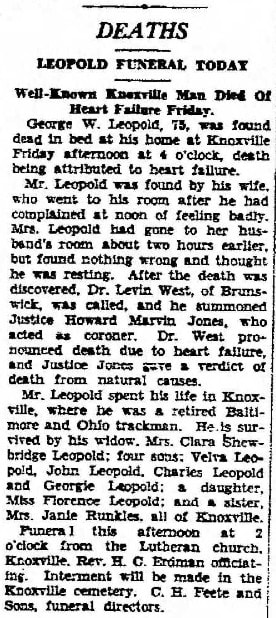
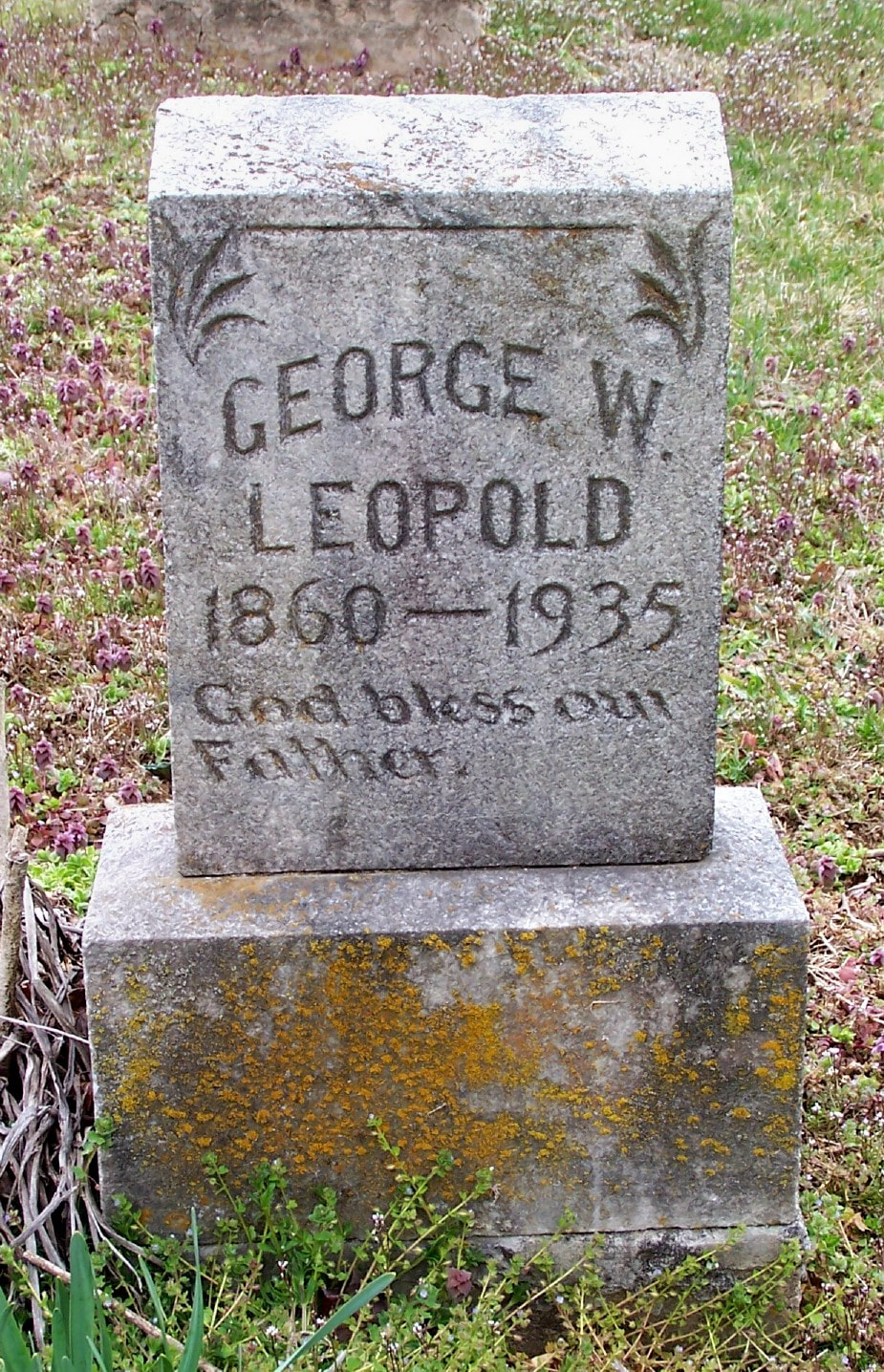

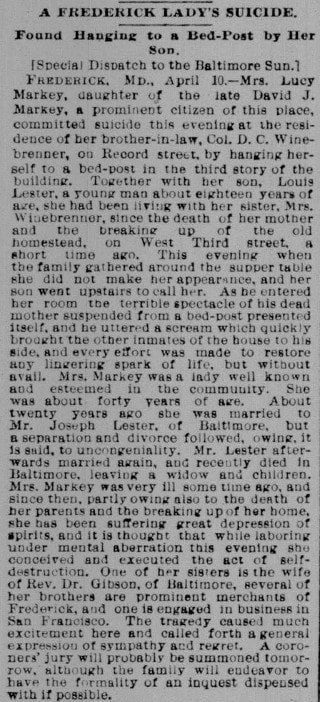
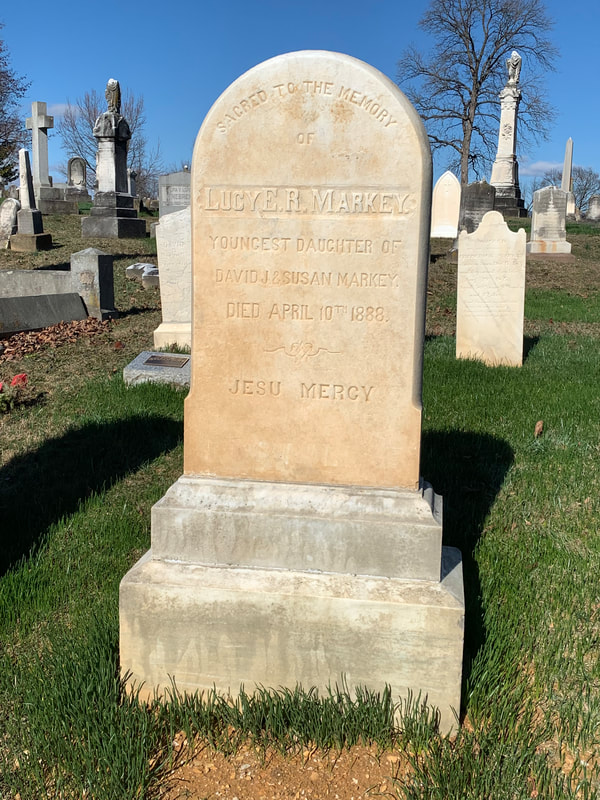

 RSS Feed
RSS Feed